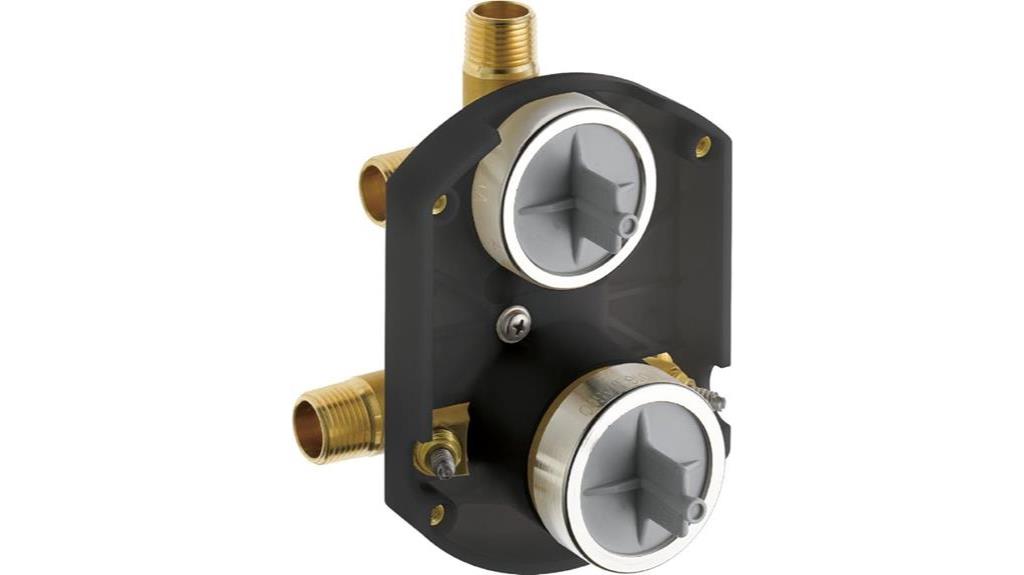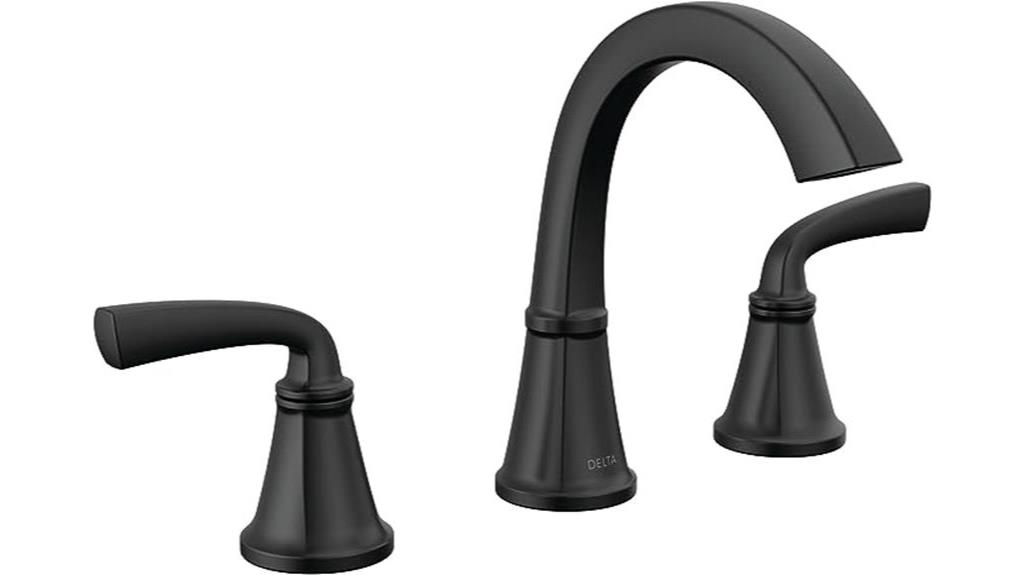Ever wondered why your toilet doesn’t flush properly? We’ve got the answers you need.
From clogged pipes to a faulty flapper valve, there are several culprits that can hinder a complete flush.
In this article, we’ll explore common reasons behind this frustrating issue and provide solutions to help you regain mastery over your toilet.
So, buckle up and get ready to uncover the secrets of a fully functioning flush.

Key Takeaways
- Clogged pipes are a common cause of incomplete flushing, and regular maintenance can help prevent them.
- A faulty flapper valve can lead to leaks and incomplete flushes, but it can be resolved through replacement or repair.
- Insufficient water levels in the tank can result in ineffective flushing, and understanding the relationship between tank size and bowl design is important.
- Low water pressure can affect the force of water in the toilet bowl, and regular plumbing maintenance is necessary to maintain proper water pressure.
Clogged Pipes
Clogged pipes are a common cause for toilets not flushing all the way, as they restrict the flow of water and prevent proper drainage. Pipe blockage can occur due to various reasons, such as the accumulation of waste, toilet paper, or foreign objects in the pipes. This results in a decrease in the water flow, leading to incomplete flushing.
Plumbing issues like tree roots infiltrating the pipes or sediment buildup can also contribute to pipe blockage. It’s important to address these issues promptly to prevent further damage to the plumbing system. Regular maintenance, including periodic inspections and cleaning of the pipes, can help prevent clogs and ensure proper flushing.
If a pipe blockage is suspected, it’s advisable to seek professional assistance to resolve the issue effectively.
Faulty Flapper Valve
When it comes to toilets not flushing all the way, another common issue can be a faulty flapper valve.
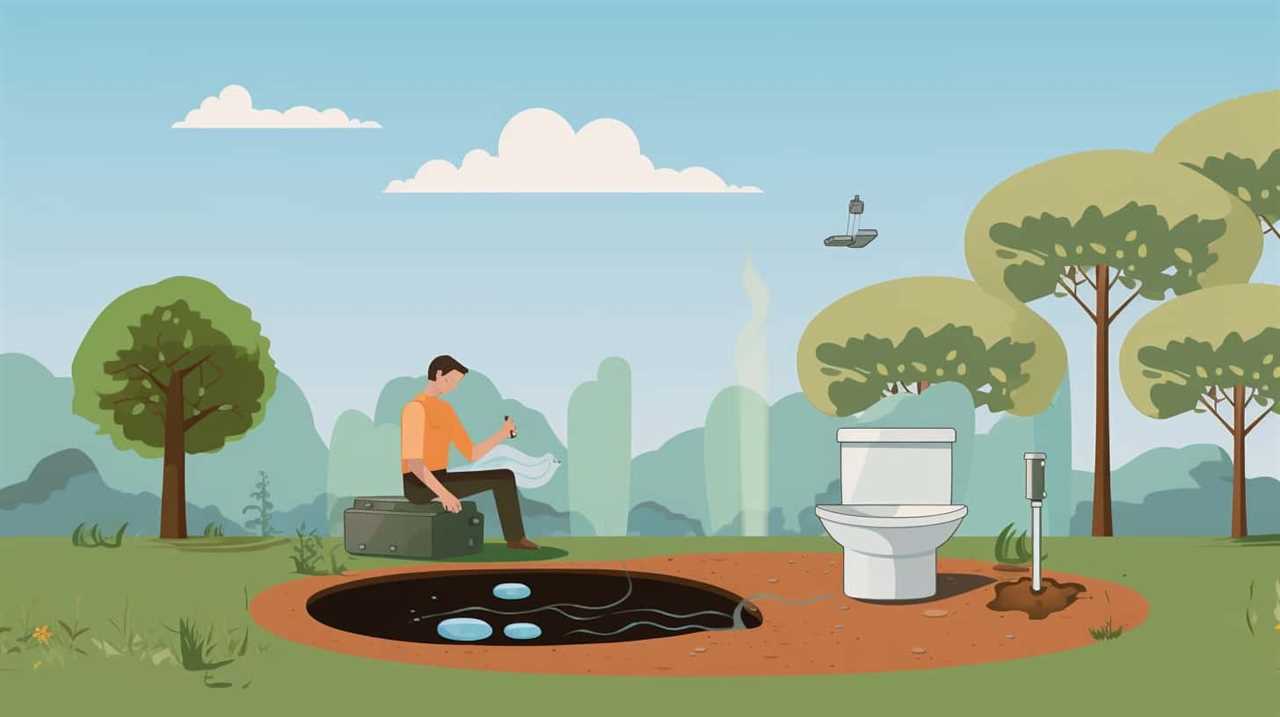
The flapper valve is a crucial component of a toilet’s flushing mechanism. It’s responsible for sealing the flush valve opening and allowing water to flow from the tank into the bowl during a flush.
Over time, the flapper valve can become worn or damaged, leading to leaks and incomplete flushes. To fix this problem, flapper valve replacement or repair may be necessary.
Flapper valve replacement involves removing the old valve and installing a new one, ensuring a proper seal. Flapper valve repair, on the other hand, involves adjusting or replacing parts of the valve to restore its functionality.
Both methods can effectively resolve issues with a faulty flapper valve and restore proper flushing performance to the toilet.
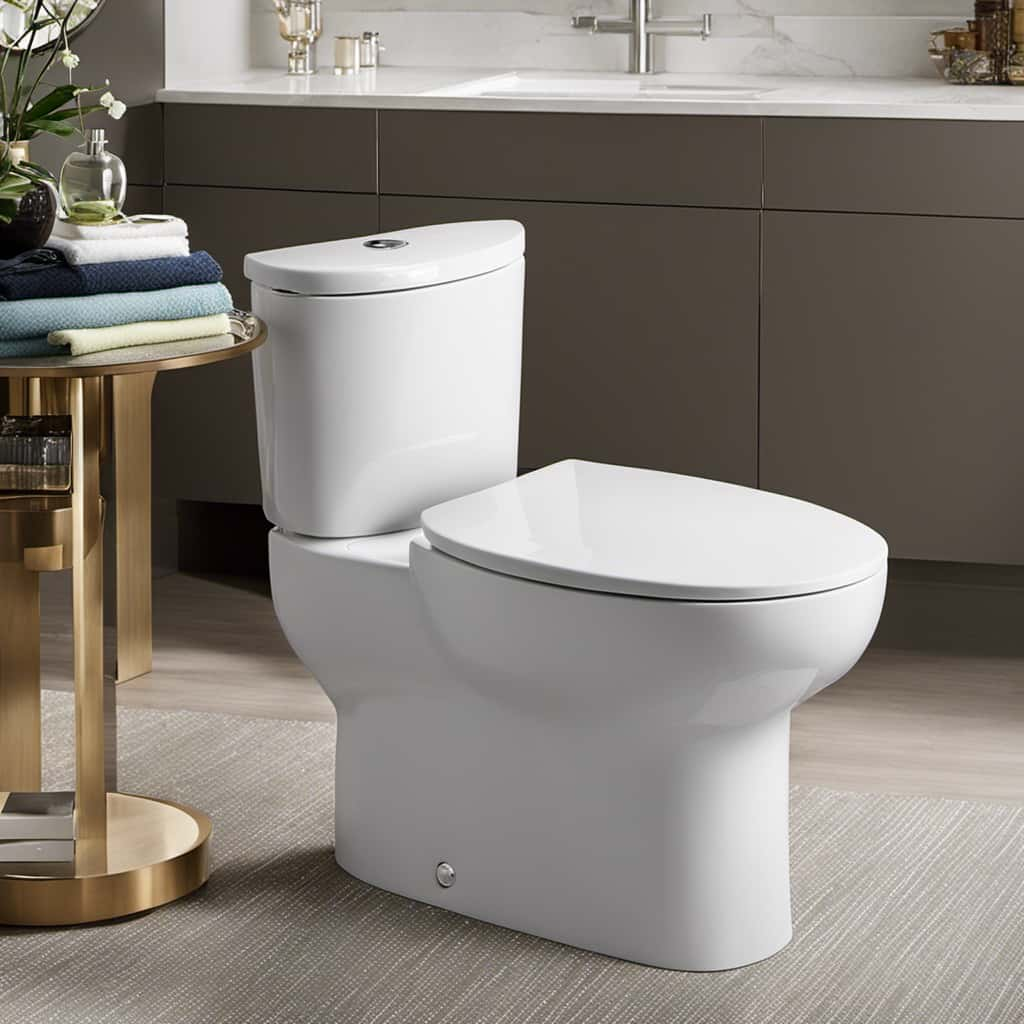
Insufficient Water Levels
One common cause of a toilet not flushing all the way is a low water level in the tank. The amount of water in the tank plays a crucial role in the flushing process. If the tank doesn’t hold enough water, it may not generate enough force to push waste through the toilet bowl effectively.
The size of the toilet tank can vary, with larger tanks typically holding more water. Additionally, the design of the toilet bowl can also impact the flushing performance. Some toilet bowl designs are optimized to create a stronger siphoning action, which aids in removing waste efficiently.
Understanding the relationship between toilet tank size and toilet bowl design can help identify and resolve issues with insufficient water levels during flushing.
Moving forward, let’s explore another potential cause: low water pressure.

Low Water Pressure
Now let’s explore how low water pressure can contribute to a toilet not flushing all the way.
Low water pressure can occur due to various reasons such as water pressure regulation issues and lack of proper plumbing maintenance.
When the water pressure is low, it can affect the force of water flowing into the toilet bowl, resulting in a weak flush. This can lead to incomplete removal of waste and leave behind residue in the toilet.
To resolve this issue, it’s important to ensure proper water pressure regulation throughout the plumbing system. Regular plumbing maintenance, including checking for any clogs or leaks, can also help maintain adequate water pressure and ensure a proper flushing mechanism.
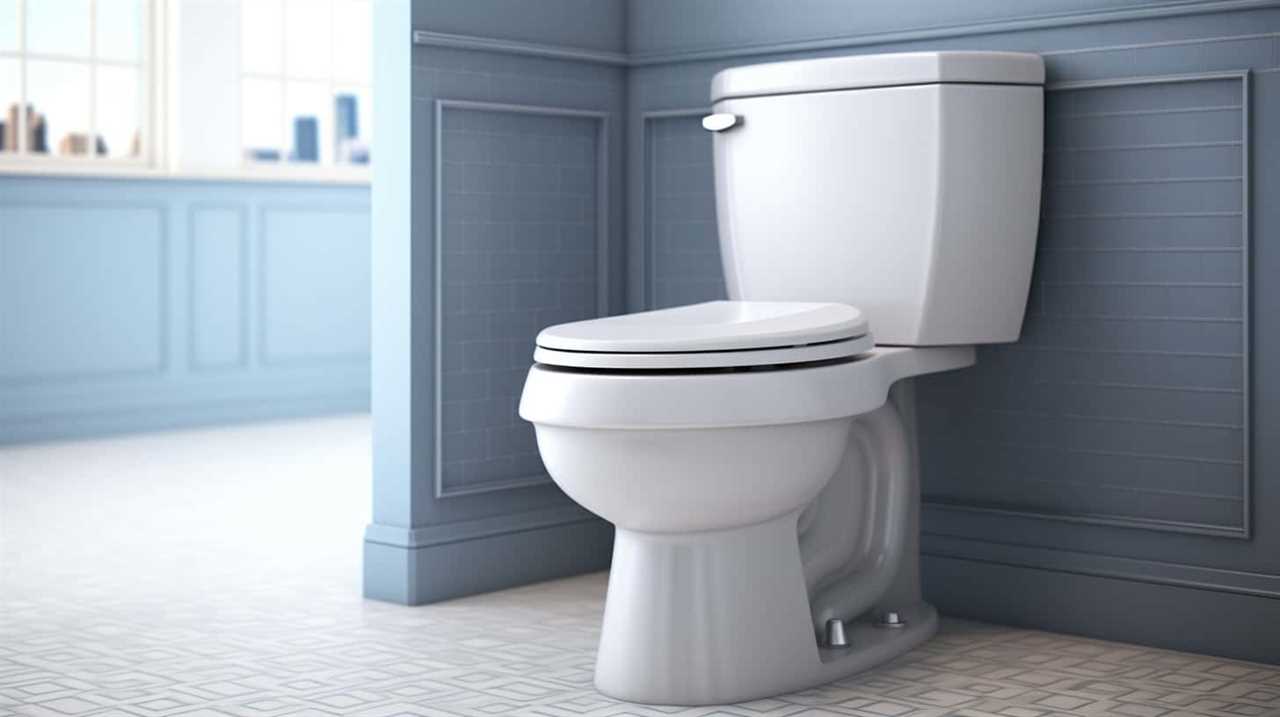
Moving forward, let’s now discuss how a malfunctioning flush handle can also impact the flushing process.
Malfunctioning Flush Handle
A malfunctioning flush handle can impede the flushing process of a toilet. When the flush handle isn’t working properly, it may be due to a loose connection or a broken lever.
A loose connection occurs when the handle isn’t securely attached to the flushing mechanism inside the toilet tank. This can prevent the handle from properly engaging the flush valve, resulting in a weak or incomplete flush.
On the other hand, a broken lever can completely prevent the handle from activating the flush valve at all. In both cases, the malfunctioning flush handle needs to be fixed or replaced in order for the toilet to flush properly.
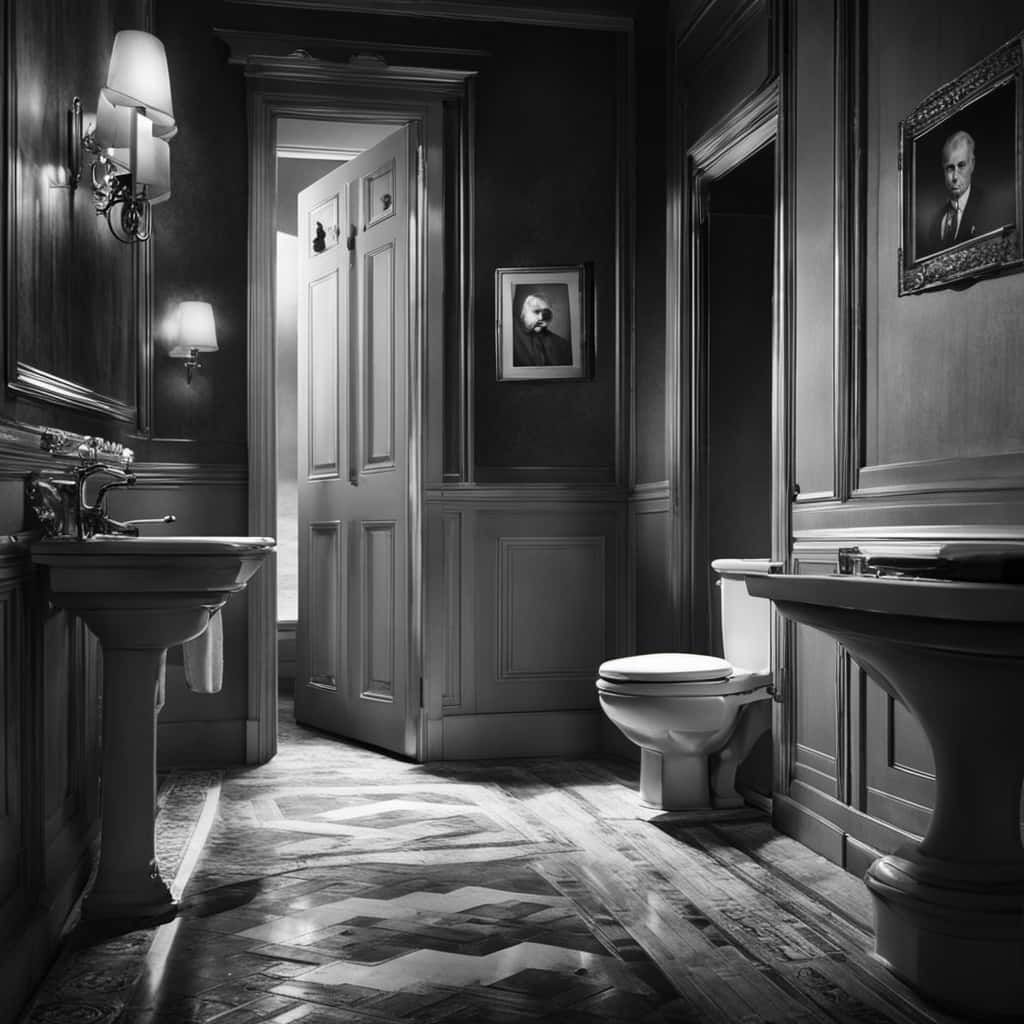
It’s recommended to consult a professional plumber to address the issue and ensure the proper functioning of the flush handle.
Frequently Asked Questions
How Do I Fix a Toilet That Is Not Flushing All the Way Due to Clogged Pipes?
To fix a toilet not flushing all the way due to clogged pipes, we suggest temporary solutions like using a plunger or drain snake. Troubleshooting steps may include checking for blockages or using a toilet auger.
What Are the Signs of a Faulty Flapper Valve and How Can I Replace It?
To fix a toilet that doesn’t flush all the way, we need to check the flapper valve, a common culprit. Signs of a faulty flapper valve include leaks and weak flushes. Replacing it can solve the problem.
Are There Any Temporary Solutions for a Toilet That Doesn’t Flush All the Way Due to Insufficient Water Levels?
Temporary solutions for a toilet that doesn’t flush all the way due to insufficient water levels may include adjusting the water level in the tank, checking for clogs in the pipes, or using a plunger to clear any blockages.
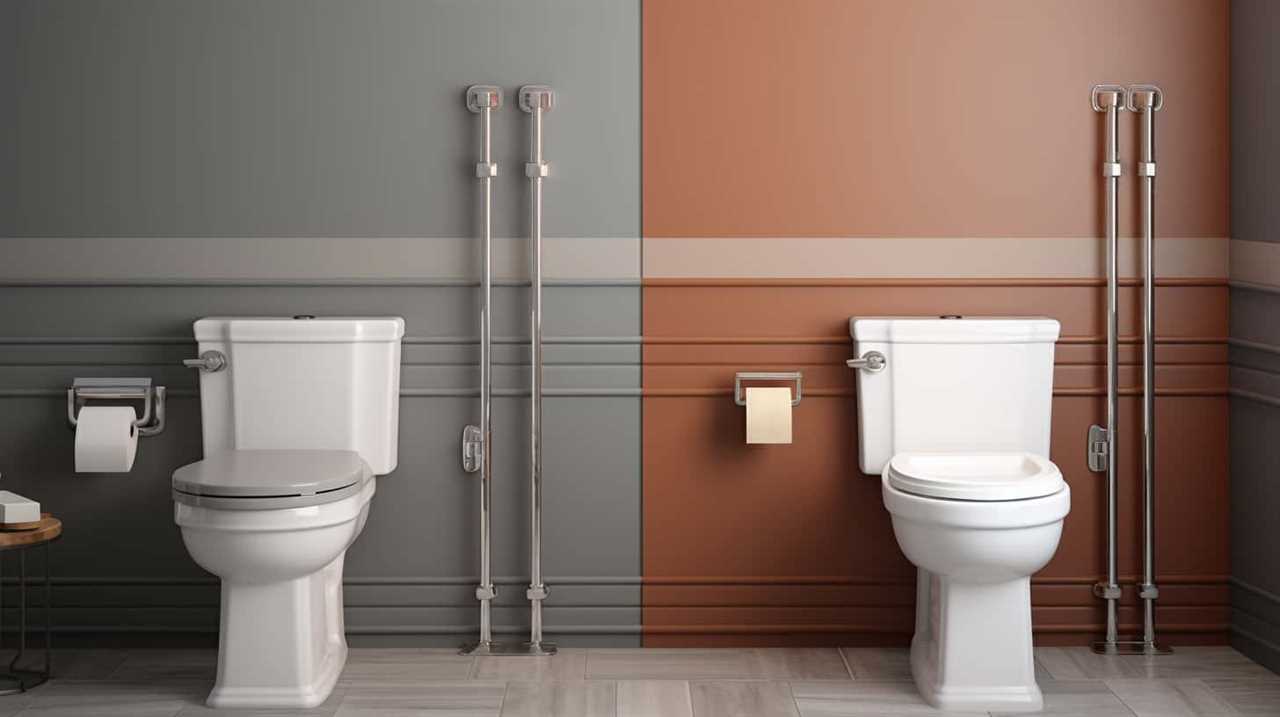
How Can I Increase the Water Pressure in My Toilet to Ensure a Proper Flush?
To increase water flow for a proper flush, check the tank float. Adjust it to ensure adequate water levels. This simple fix can be likened to unclogging a blocked path, allowing for a smooth and efficient flush.
What Steps Should I Take to Troubleshoot and Fix a Malfunctioning Flush Handle That Is Causing the Toilet Not to Flush All the Way?
To troubleshoot and fix a malfunctioning flush handle causing a toilet not to flush all the way, start by checking for common causes like a loose or broken handle, a faulty flapper valve, or a clogged drain.
Conclusion
So there you have it, folks. If your toilet isn’t flushing all the way, it could be due to several reasons.
- Clogged pipes
- Faulty flapper valve
- Insufficient water levels
- Low water pressure
- Malfunctioning flush handle
But fear not, for now you’re armed with the knowledge to tackle this pressing issue.
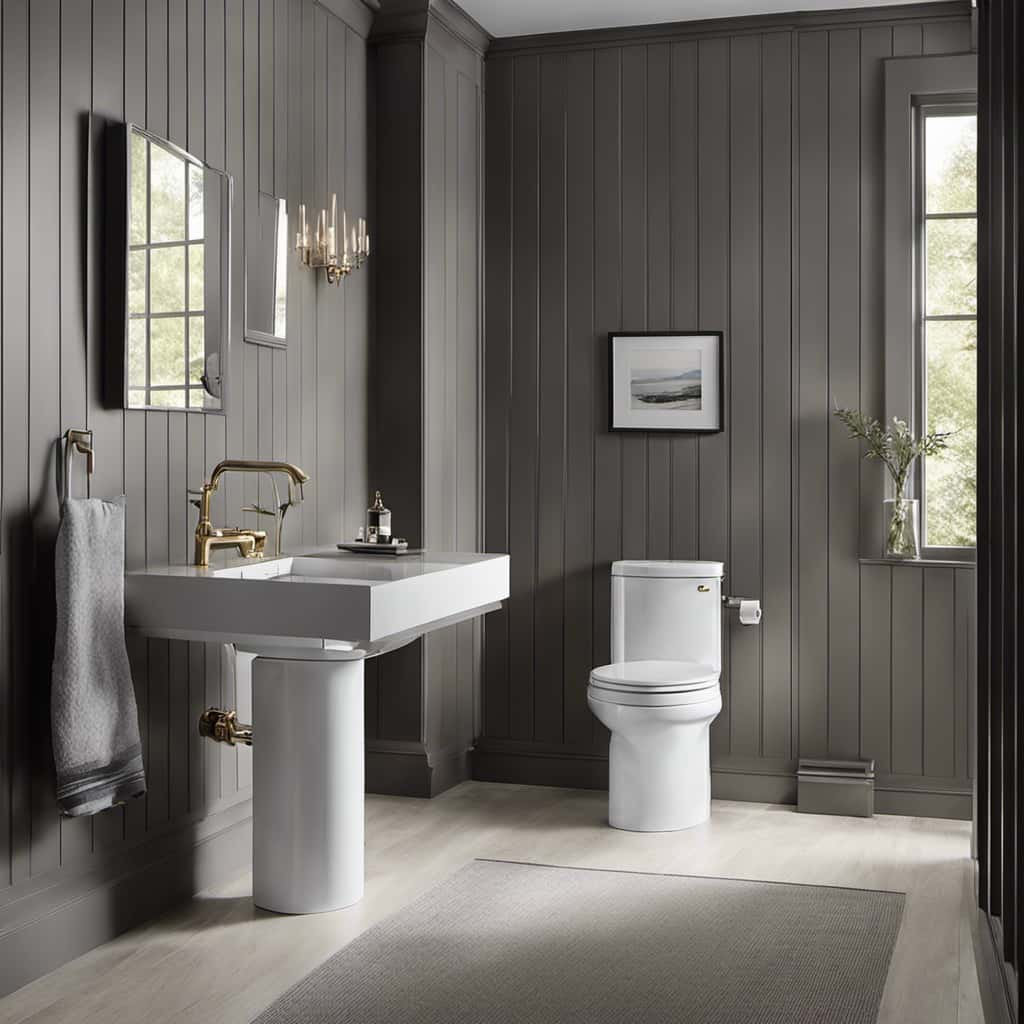
Go forth and conquer those unflushable moments like the brave toilet warriors you are.
Happy flushing!




